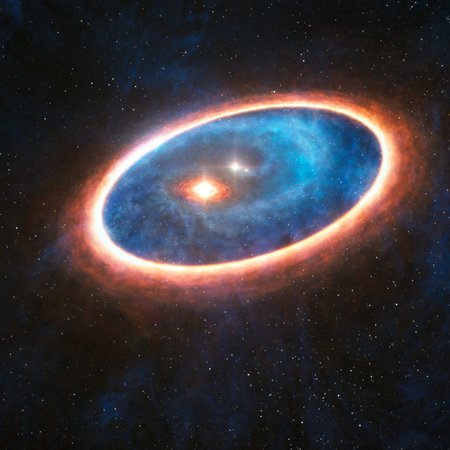Virtual lecture "Return to the Moon" and live observation evening in the Great Refractor
This week there are two moon-related events: on Thursday a video lecture on "Return to the Moon" (episode 2) as part of the virtual Babelsberg Starry Nights and on Friday the opportunity for live observations with the world's fourth largest refracting telescope in Potsdam.
On Thursday, 21 December, at 8 pm, the next lecture of the virtual Babelsberg Starry Nights will be broadcasted on the YouTube channel "Urknall, Weltall und das Leben” (Big Bang, Universe and Life). Dr. Mirko Krumpe continues his lecture series on the “Return to the Moon” (in German), and presents current developments in this field. He explains why many nations and private enterprises want to go to the moon, and why this is still technically challenging. He also discusses the launch attempts of Starship 1 and 2, the largest and most powerful rockets ever built.
The opportunity to watch the moon live through a telescope with your own eyes is coming up on Friday, 22 December, at 7pm on the Telegrafenberg in Potsdam. The programme for the observation evening at the Great Refractor includes looking at the moon and its craters – provided the weather is playing along and gives us a clear sky. Alternatively, visitors can admire the giant telescope and learn facts about the instrument, its history and how it works. Everybody is welcome to attend. Admission is free and there is no registration required.
The Babelsberg Starry Nights lectures (mostly given in German) are usually available on the 3rd Thursday of each month from 8 pm at
https://www.aip.de/en/babelsberger-sternennaechte
or via the YouTube channels “Urknall, Weltall und das Leben“ and “videowissen“ and can be accessed at any time afterwards.
Further dates and more information on the observation evenings at the Great Refractor can be found here:
https://www.aip.de/en/pr/visit-the-telescopes/visiting-the-great-refractor/#observation-evenings
This week there are two moon-related events: on Thursday a video lecture on "Return to the Moon" (episode 2) as part of the virtual Babelsberg Starry Nights and on Friday the opportunity for live observations with the world's fourth largest refracting telescope in Potsdam.
On Thursday, 21 December, at 8 pm, the next lecture of the virtual Babelsberg Starry Nights will be broadcasted on the YouTube channel "Urknall, Weltall und das Leben” (Big Bang, Universe and Life). Dr. Mirko Krumpe continues his lecture series on the “Return to the Moon” (in German), and presents current developments in this field. He explains why many nations and private enterprises want to go to the moon, and why this is still technically challenging. He also discusses the launch attempts of Starship 1 and 2, the largest and most powerful rockets ever built.
The opportunity to watch the moon live through a telescope with your own eyes is coming up on Friday, 22 December, at 7pm on the Telegrafenberg in Potsdam. The programme for the observation evening at the Great Refractor includes looking at the moon and its craters – provided the weather is playing along and gives us a clear sky. Alternatively, visitors can admire the giant telescope and learn facts about the instrument, its history and how it works. Everybody is welcome to attend. Admission is free and there is no registration required.
The Babelsberg Starry Nights lectures (mostly given in German) are usually available on the 3rd Thursday of each month from 8 pm at
https://www.aip.de/en/babelsberger-sternennaechte
or via the YouTube channels “Urknall, Weltall und das Leben“ and “videowissen“ and can be accessed at any time afterwards.
Further dates and more information on the observation evenings at the Great Refractor can be found here:
https://www.aip.de/en/pr/visit-the-telescopes/visiting-the-great-refractor/#observation-evenings
Images
The moon and its craters.
Big screen size [1000 x 1000, 140 KB]
Original size [3240 x 3240, 740 KB]





